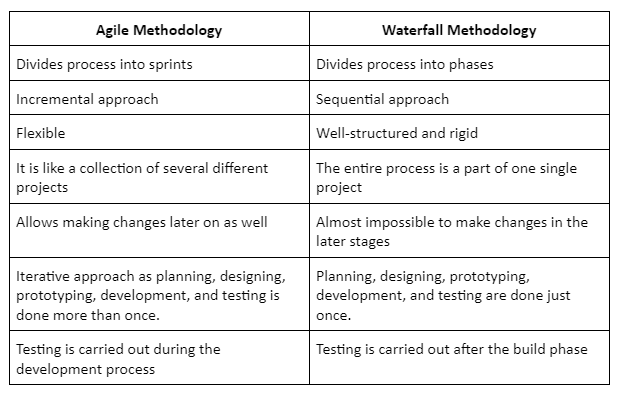Polymorphism in Object-Oriented Programming allows methods to do different things based on the object it is acting upon, even if they share the same name. It lets one interface be used for a general class of actions, making code more flexible and reusable. Imagine you have a book class with a methodRead more
Polymorphism in Object-Oriented Programming allows methods to do different things based on the object it is acting upon, even if they share the same name. It lets one interface be used for a general class of actions, making code more flexible and reusable.
Imagine you have a book class with a method called “summary()”. If you create two types of books, “novel” and “biography”, each type can have its own version of “summary()”. When you use the “summary()” method on a book, it will show the right summary based on whether the book is a “novel” or a “biography”. Even though you use the same method name, it does different things depending on the type of book.
class Book:
def summary(self):
return "This is a book."
class Novel(Book):
def summary(self):
return "This is a fictional story."
class Biography(Book):
def summary(self):
return "This is a real-life story."
novel = Novel()
biography = Biography()
print(novel.summary())
print(biography.summary())
In this simpler code, the “summar()” method in the “book” class provides a general description, while the “novel” and “biography” classes override it with their specific summaries.


1. Address Length IPv4: Uses 32-bit addresses, so we have around 4.3 billion unique addresses. IPv6: Uses 128-bit addresses, so it can provide a huge number of addresses—about 340 undecillion. 2. Address Format IPv4: Addresses are written with four numbers separated by dots. IPv6: Addresses are writRead more
1. Address Length
2. Address Format
3. Header Complexity
4. Address Configuration
5. NAT (Network Address Translation)
6. Security
7. Broadcasting
8. Fragmentation
So, IPv6 is like an upgraded version of IPv4, with more addresses, simpler setup, and better security.
See less